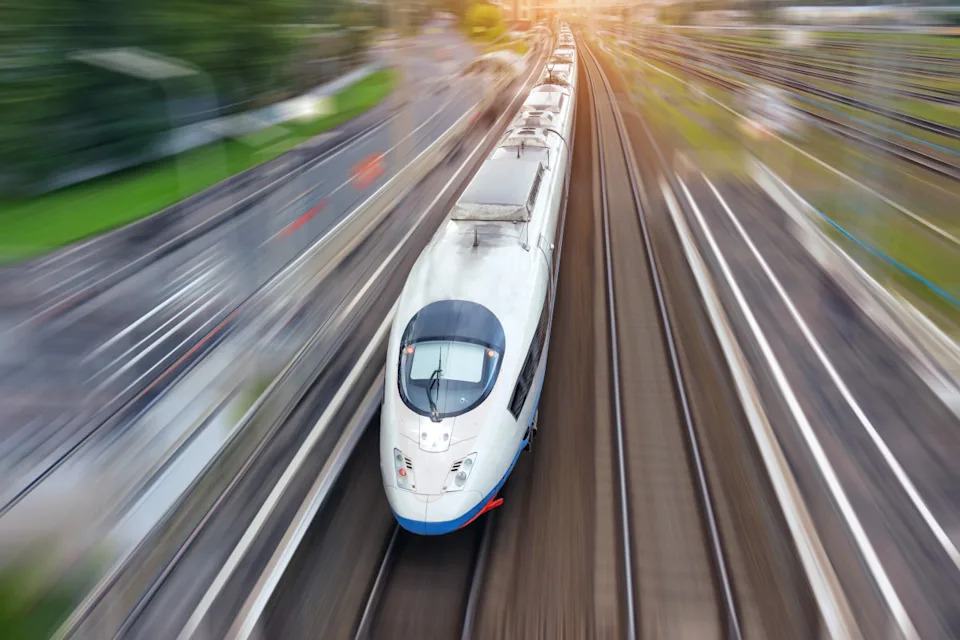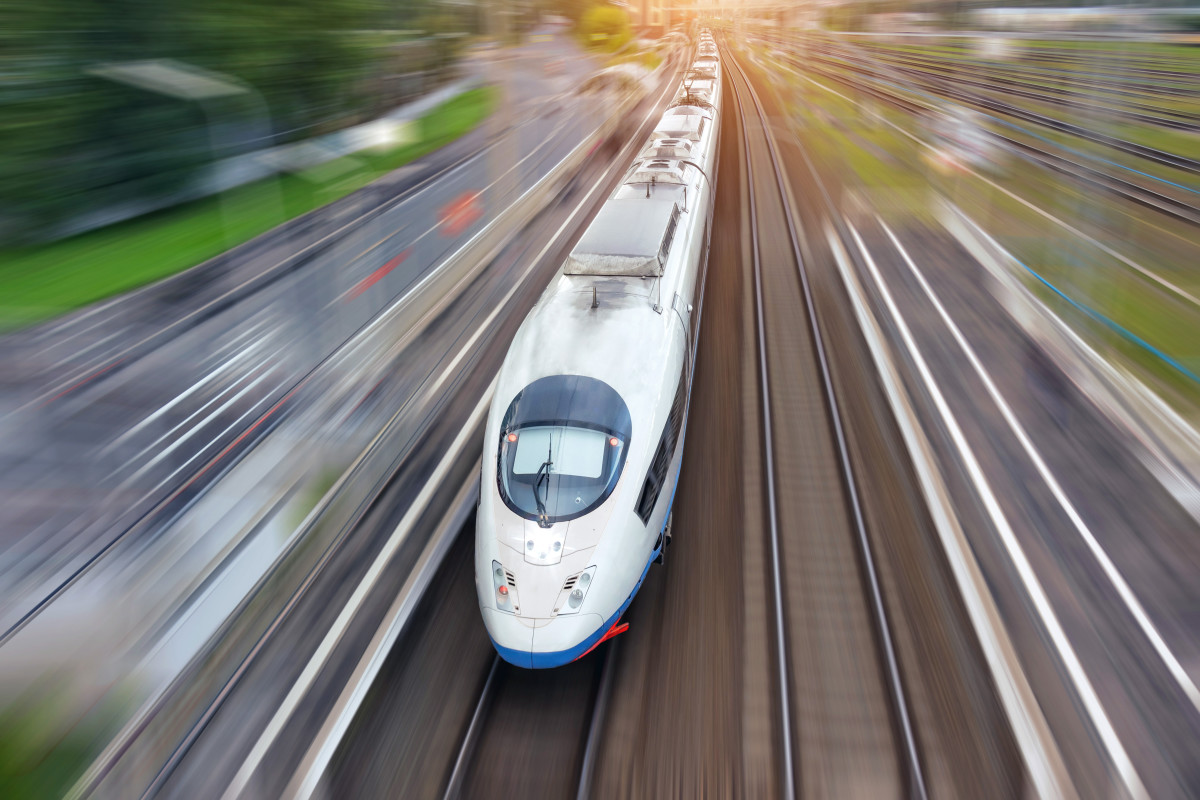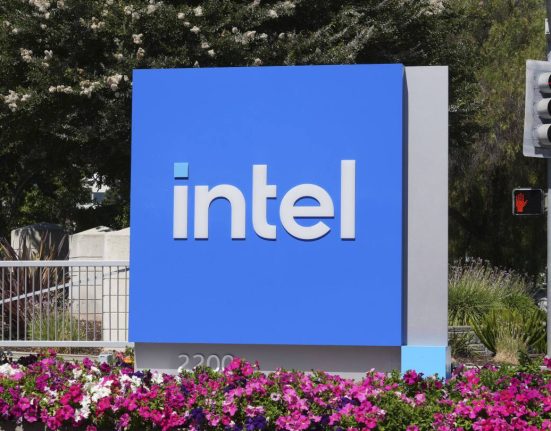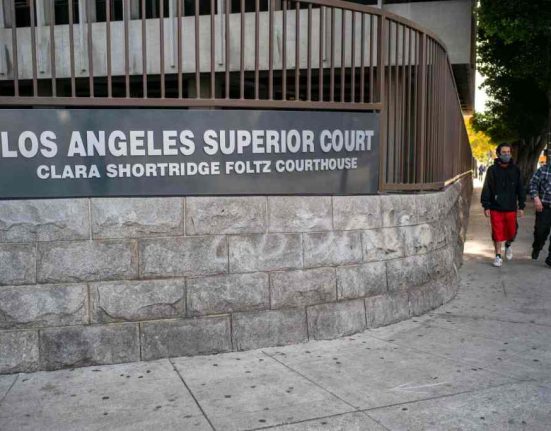Trump Pulls $4 Billion in Federal Funds From California’s High-Speed Rail originally appeared on L.A. Mag.

California’s high-speed train faces new uncertainty after the Trump administration announced a large federal funding cut.Courtesy aapsky via Adobe Stock
In a move already sparking intense political and economic fallout, the Trump administration on Wednesday terminated $4 billion in federal funding for California’s high-speed rail project.
The decision threatens the future of the highly anticipated bullet train project, designed to connect Los Angeles and San Francisco in under three hours.
“The railroad we were promised still does not exist, and never will,” Trump wrote on Truth Social. “This project was severely overpriced, over-regulated and never delivered.”
His administration’s Transportation Secretary Sean P. Duffy echoed the sentiment, pointing to the $15 billion already spent over 16 years.
“After over a decade of failures, CHSRA’s mismanagement and incompetence has proven it cannot build its train to nowhere on time or on budget,” Duffy said in a statement. “It’s time for this boondoggle to die.”
Governor Gavin Newsom criticized the decision, calling it “Trump’s latest gift to China,” and promised legal and political retaliation. He and other state leaders insist the project remains viable and is nearing a turning point.
“With projects like the Texas high-speed rail failing to take off, we are miles ahead of others,” Newsom said.
According to the governor’s office, the project is entering the long-awaited track-laying phase and has already created more than 15,000 new jobs. The California High Speed Rail Authority (CHSRA) has built more than 50 major structures and 60 miles of guideway, completed all environmental reviews for the 463-mile stretch, finalized Caltrain electrification, selected trainsets and continued work with regional partners on a broader Southwest high-speed network.
The authority is currently working on a 171-mile stretch through the Central Valley, linking Bakersfield and Merced, with service expected by 2033. Officials plan to release a funding and timeline update later this summer.
So far, just under 25% of the project’s total funding has come from the federal government. The remaining funds have been drawn from a 2008 voter-approved bond and California’s cap-and-trade program, which collects money from polluters to fund climate and infrastructure projects.
The project promises to provide a cleaner, faster alternative to both flying and driving for millions of travelers. If completed, the line could reduce emissions, take pressure off LAX and bring new investment to downtown LA, where one of the major stations is planned.
“The Authority has met every obligation, as confirmed by repeated federal reviews, as recently as February 2025,” said Ian Choudri, the CEO of the CHSRA. “This is no time for Washington to walk away on America’s transportation future.”
Choudri argues that terminating the grants for the project “without cause” violates legally binding agreements. The agency is now pursuing private funding and exploring potential legal recourse.
For Los Angeles, the funding cut threatens to derail a once-in-a-generation transportation upgrade. LA has long received less state transit funding and infrastructure investment than the Bay Area, despite the significant need. Critics argue that canceling or stalling the project would deepen that disparity.
While the state maintains that progress is being made, internal criticism remains. Some California Democrats have expressed frustration over the authority’s failure to meet key milestones. Earlier this year, Assemblymember Rebecca Bauer-Kahan said her constituents “overwhelmingly believe” high-speed rail spending “has been irresponsible.”
Whether the federal cut will halt or merely slow the progress is unclear. But for Angelenos and Californians across the state, the future of high-speed rail is once again uncertain, with billions of dollars and decades of planning hanging in the balance.
This story was originally reported by L.A. Mag on Jul 17, 2025, where it first appeared.






